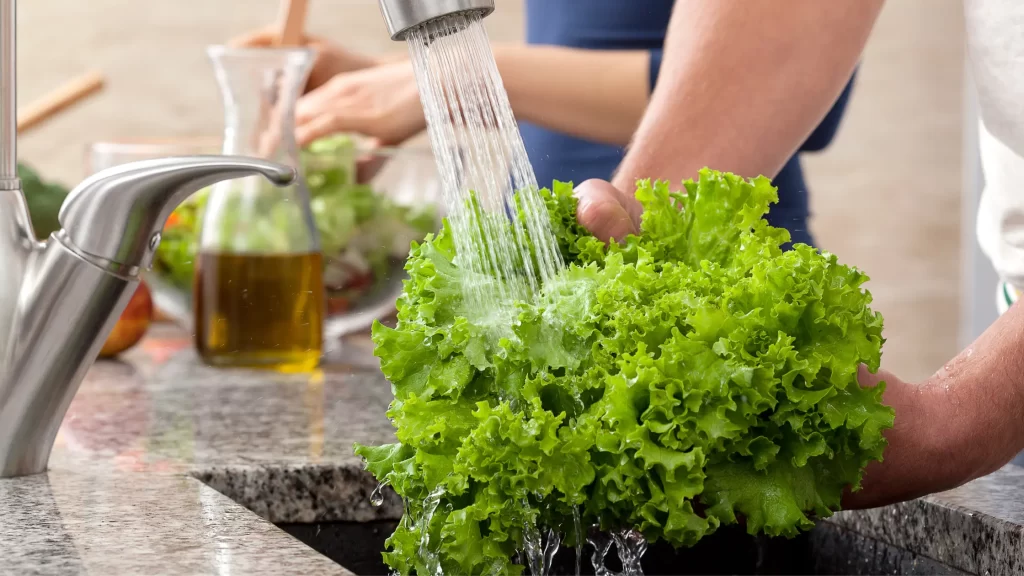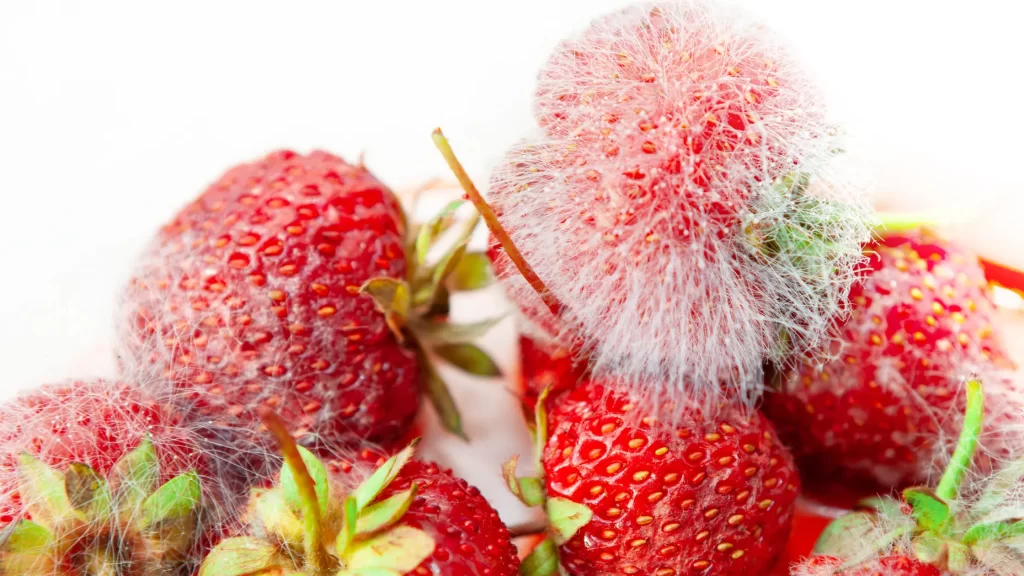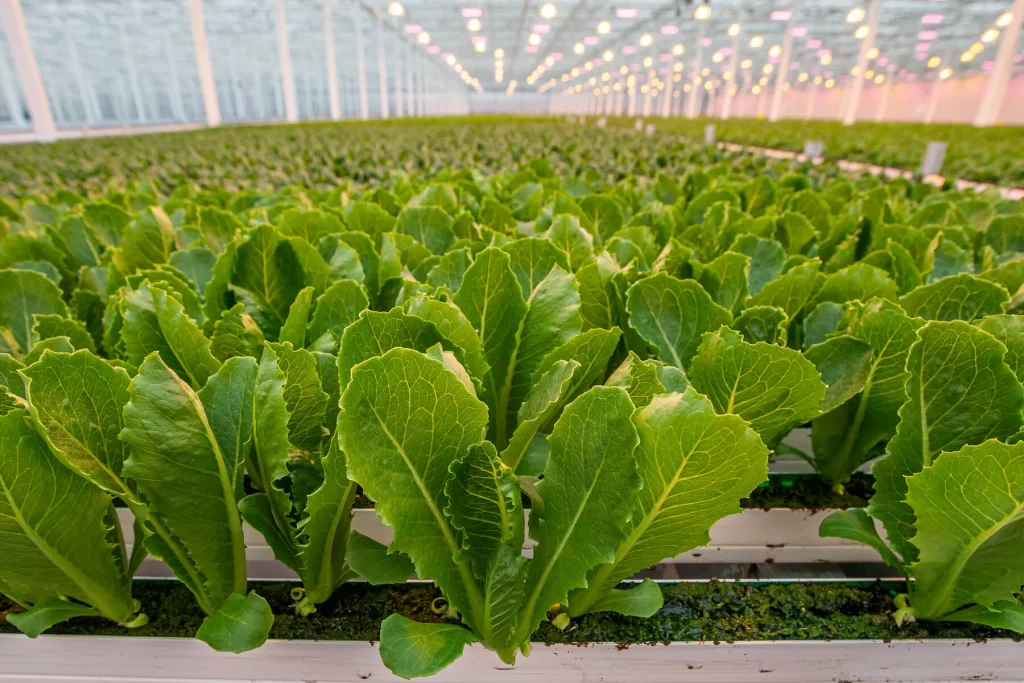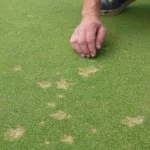Pathogen Mini for Food Safety Assurance and Beyond
According to the Public Health Agency of Canada, foodborne illness affects an estimated 4 million Canadians yearly [1]. This is equivalent to approximately 1 in 8 Canadians becoming ill due to foodborne pathogens. Common foodborne pathogens in Canada include Salmonella, E. coli, Listeria, and Campylobacter [1].
At Healthy Hydroponics, we understand that lab testing is a critical component of ensuring food safety. It enables us to identify and quantify contaminants in food products, such as bacteria, viruses, and fungi. It can also help growers ensure the quality of food before it is put on consumers’ table. Lab testing can also help growers determine the effectiveness of food safety interventions, such as sanitation practices, and guide decision-making regarding recalls or corrective actions. Ultimately, lab testing provides important data that is necessary for protecting public health and ensuring the safety of our food supply.
With our understanding of food safety and what it means for growers and consumers alike, we have expanded our services for our Pathogen Mini service. The new test includes the detection of human pathogens such as E.coli and Salmonella, as well as the detection of more plant pathogens such as Fusarium oxysporum, Botrytis cinerea and Xanthomonas campestris. The benefit of the Pathogen Mini service is that it can help increase food safety assurance for growers while also stopping any pathogens that may be present in its tracks.
Pathogen Mini is a quick and simple test that can be used as a precautionary measure to detect pathogens early in asymptomatic samples. It can also be used as a pathogen detection test in symptomatic samples. Each test detects the presence of one specific pathogen in a sample. Results are provided within 2-3 business days of receiving samples. Pathogen Mini uses qPCR technology for detecting bacteria, fungi, and fungal-like organisms or RT-qPCR for viruses. Growers can collect samples such as water, leachate, and plant material, e.g. leaves, roots, etc. and send them to us for testing. Once samples are sent to our lab, growers will receive results of where the pathogen was found through our online Growers’ Portal. This portal can also help growers track the frequency of the pathogens over time and what environmental factors may be affecting the growth of the pathogen.

More on the expanded service
Our goal at Healthy Hydroponics is to provide growers with an understanding of possible threats to their crops. Below is a short synopsis of all the new targets of our Pathogen Mini service.
E.coli
Escherichia coli (E. coli) is a bacterial pathogen that can pose a serious risk to food safety in greenhouses. When ingested, this bacteria can cause severe illness, especially in people with compromised immune systems [2]. In greenhouse settings, E. coli contamination can occur through a number of routes, including contaminated water sources, fertilizers, or soil [3]. To prevent contamination, greenhouse growers must maintain good hygiene practices, such as regularly sanitizing equipment, washing hands, and monitoring and testing their crops [4]. Growers must also ensure that their water sources and fertilizers are properly tested and treated to minimize the risk of contamination. In addition, safe harvesting and handling practices are essential to prevent the spread of E. coli and other foodborne pathogens [4].
Salmonella
Salmonella is a bacterial pathogen that can be present in a range of crops, including leafy greens and tomatoes. It can cause symptoms such as diarrhea, fever, and abdominal pain in those who consume contaminated food [5]. In greenhouse settings, Salmonella contamination can occur through a variety of routes, including contaminated water sources, soil, or fertilizers [6]. To prevent contamination, greenhouse growers should regularly sanitize equipment, wash hands, and monitor their crops for signs of disease [7]. Growers must also ensure that their water sources and fertilizers are properly tested and treated to minimize the risk of contamination [7]. Additionally, safe harvesting and handling practices are essential to prevent the spread of Salmonella.
Fusarium oxysporum
Fusarium oxysporum is a common plant pathogen that can have a devastating effect on hydroponic greenhouses. This fungus can infect the roots of plants, causing a condition known as Fusarium wilt, which can lead to stunted growth, yellowing leaves, and even plant death [8]. Hydroponic greenhouses are particularly susceptible to Fusarium oxysporum because of their closed growing environments, which can create ideal conditions for fungal growth and spread [9]. Therefore, to prevent Fusarium wilt and other fungal infections, hydroponic growers must maintain a clean growing environment, use high-quality water sources, and regularly monitor and test their greenhouses [8].
Botrytis cinerea
Botrytis cinerea is a fungus that can infect a wide variety of plants, including fruits, vegetables, and ornamental flowers. The symptoms of Botrytis infection can include grayish-brown lesions on plant tissues, wilting, and decay [10]. Hydroponic greenhouse environments, with their high humidity and limited air circulation, can create conditions that are ideal for Botrytis growth and spread [11]. Therefore, to prevent Botrytis infection, hydroponic growers must maintain proper environmental conditions, such as adequate ventilation, and use good cultural practices, such as removing dead plant material and ensuring proper plant spacing [10].

Xanthomonas campestris
Xanthomonas campestris is a bacterium that can infect a range of plants, including tomatoes, peppers, and cucumbers, causing symptoms such as leaf spots, blight, and wilting [12]. Xanthomonas campestris can be particularly problematic in hydroponic greenhouses because the bacteria can be easily spread through water systems, such as irrigation and nutrient delivery systems [12]. To prevent Xanthomonas campestris infection, hydroponic growers must maintain a sterile growing environment, use good cultural practices, such as avoiding plant stress and removing infected plant material, and monitor and test the greenhouse regularly [12].
References
[1] Public Health Agency of Canada. (2018). Infographic: Food-related illnesses, hospitalizations, and deaths in Canada. Retrieved from https://www.canada.ca/en/public-health/services/publications/food-nutrition/infographic-food-related-illnesses-hospitalizations-deaths-in-canada.html
[2] World Health Organization. (2021, February 15). E. coli. Retrieved from https://www.who.int/news-room/fact-sheets/detail/e-coli
[3] Agriculture and Agri-Food Canada. (2020). Association of E. coli contamination with greenhouse vegetable production and water sources in southern Ontario. Retrieved from https://www.greenhousecanada.com/wp-content/uploads/2020/05/AQP-Assoc-E-coli.pdf
[4] Cordoba, K. (2018, August). Cover story: Food safety in the greenhouse. Produce Grower. Retrieved from https://www.producegrower.com/article/cover-story-food-safety-greenhouse-e-coli/
[5] Centers for Disease Control and Prevention. (2022, January 7). Salmonella. Retrieved from https://www.cdc.gov/salmonella/general/index.html
[6] Kane, L. (2021, March 4). How does greenhouse-grown lettuce get contaminated with pathogens? Food Poisoning Bulletin. Retrieved from https://foodpoisoningbulletin.com/2021/how-does-greenhouse-grown-lettuce-get-contaminated-with-pathogens/
[7] Morrison, R. (2018, August 6). Keeping Your Greenhouse Vegetables and Fruits Safe: Focus on Soilless and Hydroponics Systems. Greenhouse Grower. Retrieved from https://www.greenhousegrower.com/production/keeping-your-greenhouse-vegetables-and-fruits-safe-focus-on-soilless-and-hydroponics-systems/
[8] Li, Q., Zhang, Y., Liu, H., & Wang, G. (2019). Fusarium wilt of hydroponic tomato: A comprehensive review from pathogen to management. Plant Disease, 103(10), 2480-2497. doi: 10.1094/PDIS-04-19-0719-FE
[9]Pocurull, D. W. L., & Osborne, L. S. (2018). Fusarium wilt of hydroponically grown basil: Evaluation of Fusarium oxysporum f. sp. basilici isolates for pathogenicity and virulence factors. Journal of Plant Pathology, 100(1), 129-135. doi: 10.1007/s42161-018-0119-3
[10] de Gelder, A. H., & Blok, W. J. (2019). The effect of biocidal treatments on the control of Botrytis cinerea in hydroponic lettuce. European Journal of Plant Pathology, 154(3), 663-673. doi: 10.1007/s10658-018-1571-1
[11]Lamers, J. G., & Visser, J. H. (2019). Wilt caused by Fusarium oxysporum in hydroponically grown lettuce. Journal of Plant Pathology, 101(2), 339-347. doi: 10.1007/s42161-018-0196-3
[12] Bhat, T.A., and Bhat, H.A. (2020). Xanthomonas campestris: A threat to plants, humans, and the environment. Microbial Pathogenesis, 146, 104236. https://doi.org/10.1016/j.micpath.2020.104236





